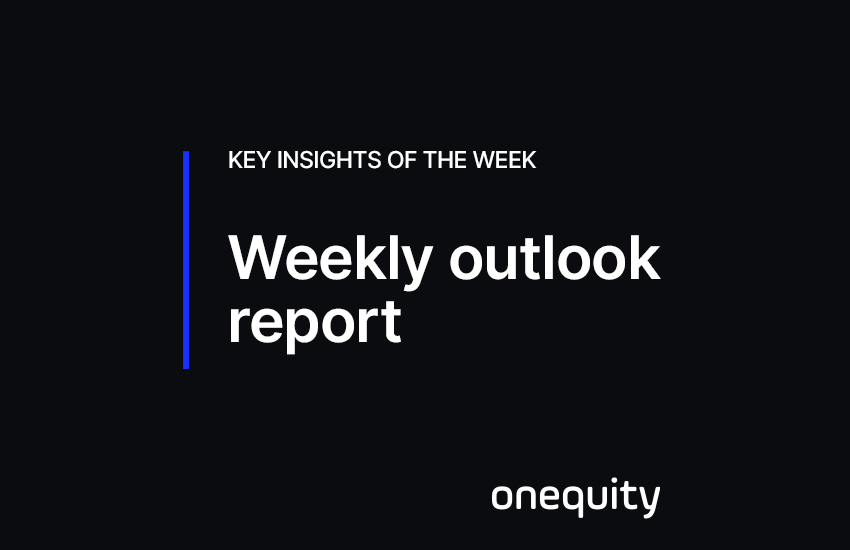Outlook for the Week of October 6 – 10

The week of October 6–10 promises to be consequential for global markets as investors weigh fresh central bank commentary against underlying data trends and external risks. In the United States, focus will center on the FOMC minutes and speeches from Federal Reserve officials, as markets assess whether the path toward further easing remains credible amid persistent inflation pressures. Across Europe, data on retail sales and labor markets will either bolster or challenge confidence in the region’s fragile recovery, while in Asia, Japan’s regional indicators and BoJ statements could influence yen dynamics.
Key Points to Watch Out For
- FOMC minutes and Powell’s speech could expose internal divisions within the Fed and shift expectations for further rate cuts.
- U.S. inflation, consumer spending, and industrial data will clarify whether monetary easing remains viable.
- European retail, labor, and industrial data will test the durability of early recovery momentum.
- Oil supply decisions, trade policy shifts, and geopolitical risks remain potential market disruptors.
United States: Policy Signals Under the Microscope
Markets enter the week focused on the FOMC minutes, which may clarify divisions among policymakers. The September rate cut exposed contrasting views within the Federal Reserve — some members favoring additional easing, others urging restraint. Powell’s upcoming remarks, alongside key U.S. data on trade, inventories, and consumer confidence, will shape expectations for the next move. A stronger inflation reading could prompt investors to scale back rate-cut bets later in the year.
Europe: Recovery or Fragility?
Europe faces a critical data week, with retail sales, labor market reports, industrial output, and PMIs set to gauge whether early signs of recovery are sustainable. S&P Global highlights that eurozone and U.K. construction data, paired with retail and hiring trends, serve as key measures of underlying demand strength.
If retail and labor indicators remain resilient, policymakers may favor maintaining a “pause” stance. However, political instability—especially in France following Prime Minister Lecornu’s resignation—continues to weigh on investor confidence and equity performance.
United Kingdom: Labour, Demand & Sterling Risks
The U.K. will release key data across employment, retail, and construction, offering a near-term view of economic health. Any soft prints in jobs or wage growth could undermine the case for a more hawkish BoE stance, especially after recent PMIs signaled a potential slowdown. Sterling has shown signs of vulnerability, and disappointing data could drive further weakness. Conversely, stronger figures would support delaying policy easing.
Japan and the Yen: Monitoring Regional Data
Japan’s regional economic surveys and inflation data will help determine whether underlying growth momentum is broadening. The Bank of Japan remains cautiously optimistic on inflation but continues to highlight uncertainty around wage growth.
Political volatility ahead of the LDP leadership contest adds another layer of complexity. Stronger domestic data could revive speculation about a more assertive BoJ, boosting the yen, while weak results could reverse gains and support risk assets.
Global Themes and Commodities
Oil markets will stay in focus after OPEC+ agreed to a modest supply increase of 137,000 barrels per day for November, a move analysts warn could thin spare capacity and heighten vulnerability to supply shocks. This, coupled with ongoing geopolitical risks, may amplify volatility.
Meanwhile, the U.S. government shutdown continues to pose challenges for data visibility, delaying key economic releases and complicating policy assessments. In parallel, China’s renewed push into European tech and mobility markets reflects shifting global trade strategies that could have longer-term implications for capital flows.
Conclusion
This week’s mix of central bank signals, macro data, and geopolitical factors could redefine market sentiment. Strong inflation or resilient growth would dampen rate-cut expectations, while weak data could reprice risk across currencies and equities. Europe’s fragile recovery, Japan’s evolving policy outlook, and energy market dynamics will all shape volatility in the days ahead.
For real-time insights and institutional-grade analysis, visit the OnEquity Official Website and explore verified client feedback on Trustpilot.